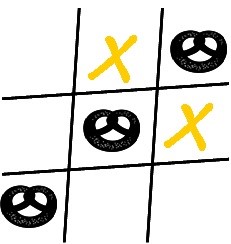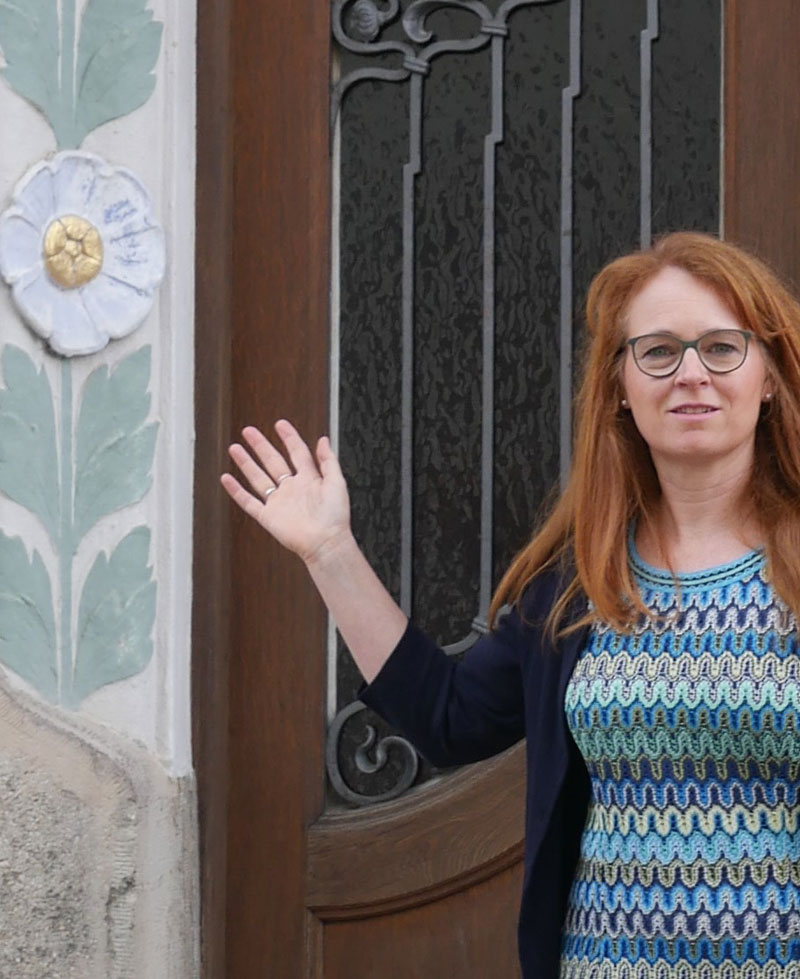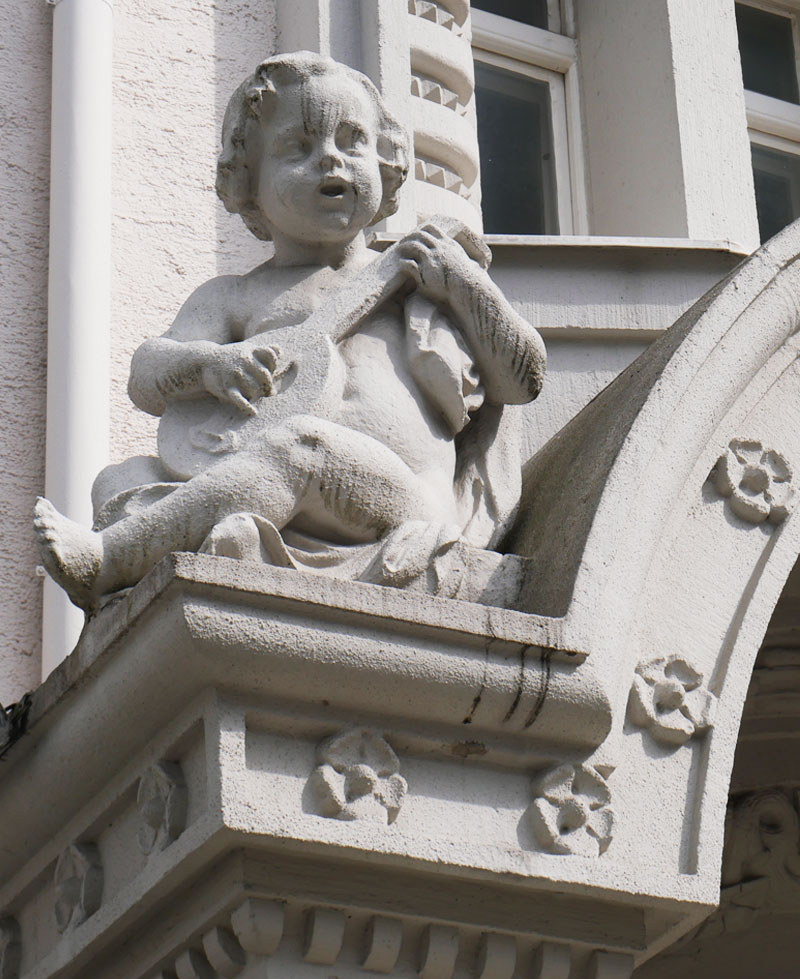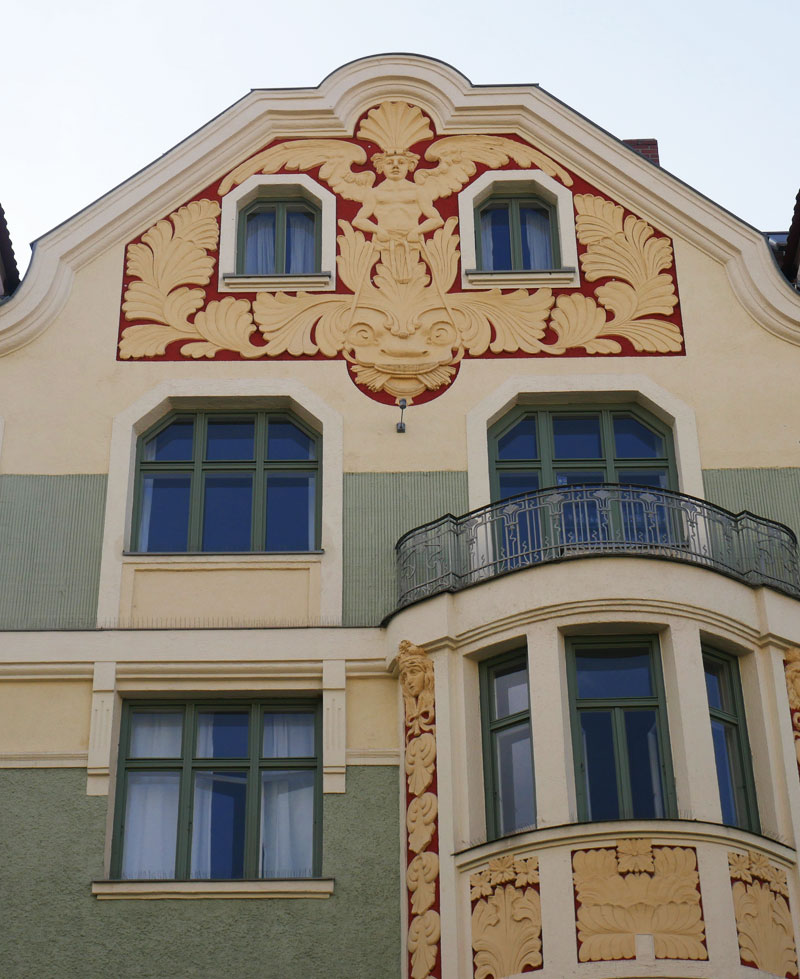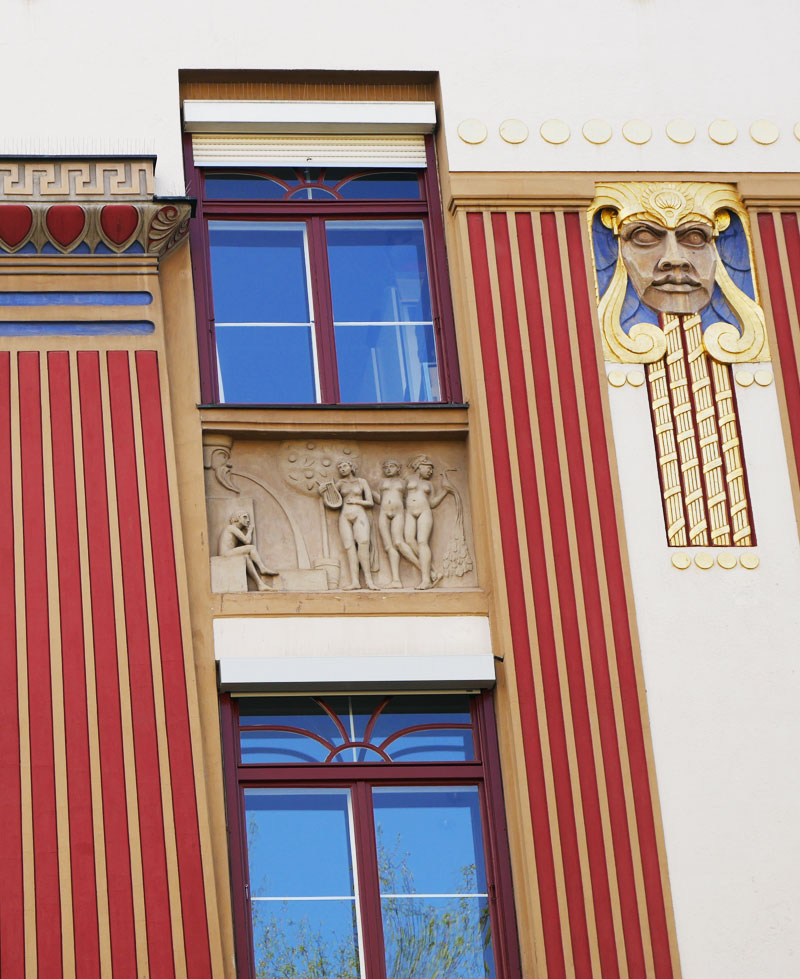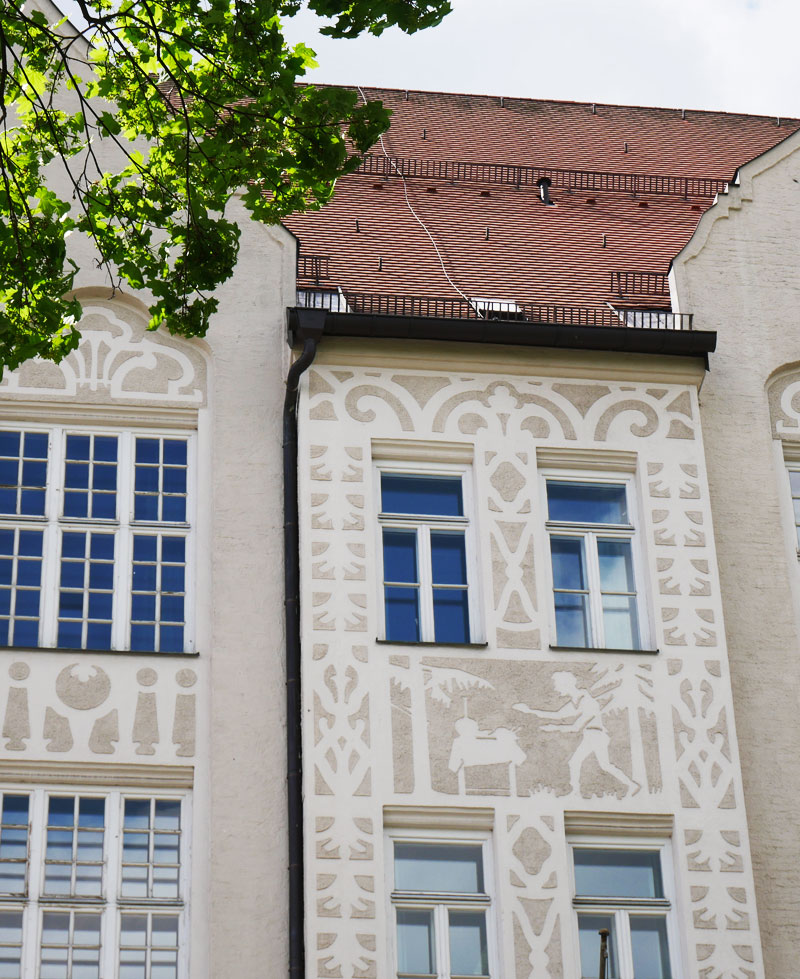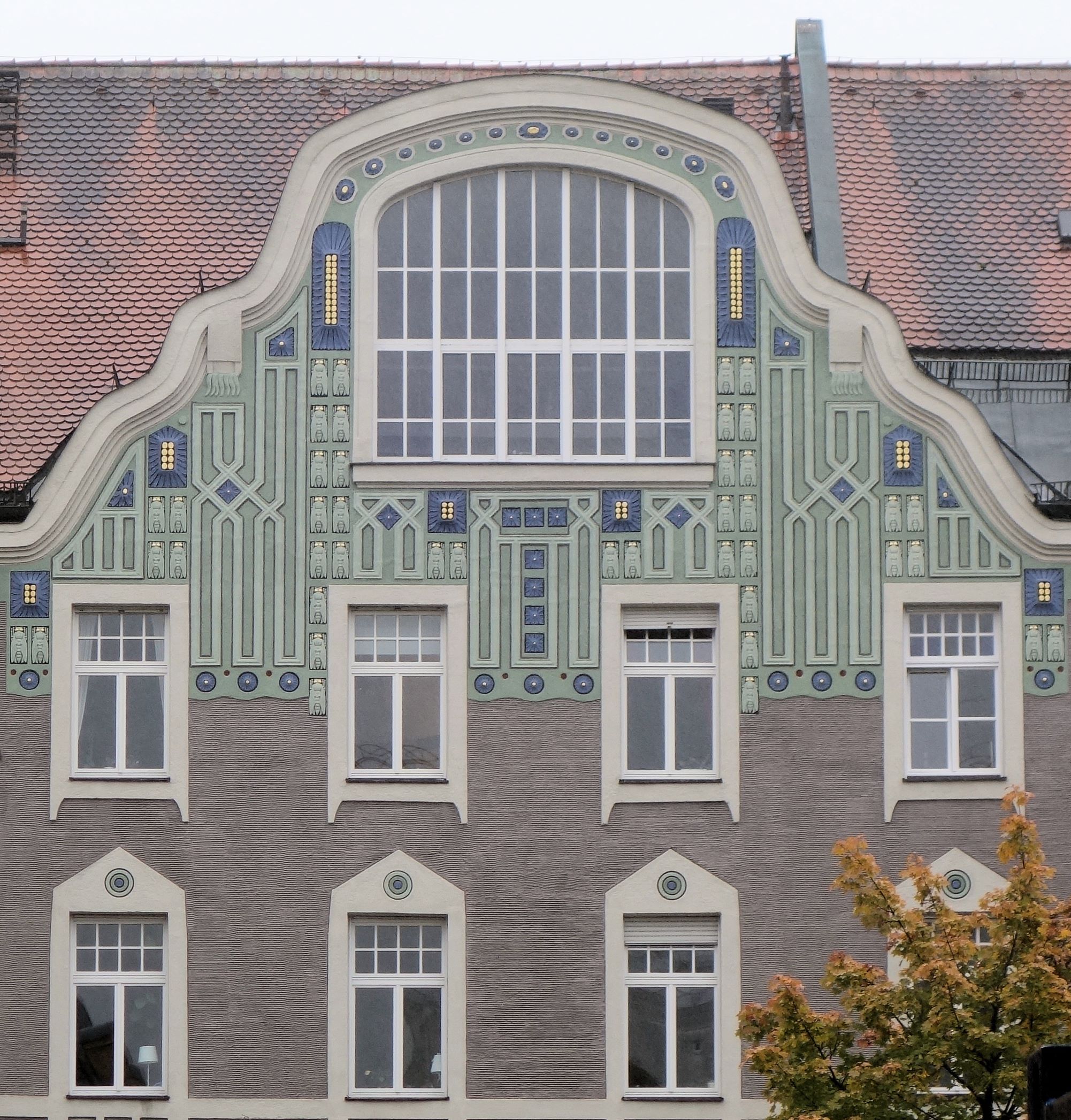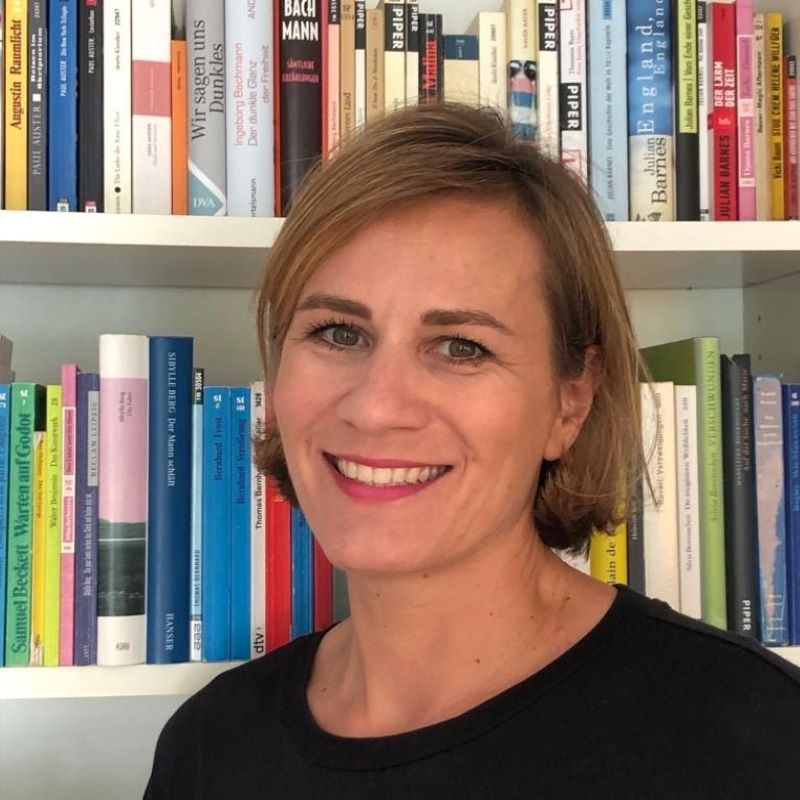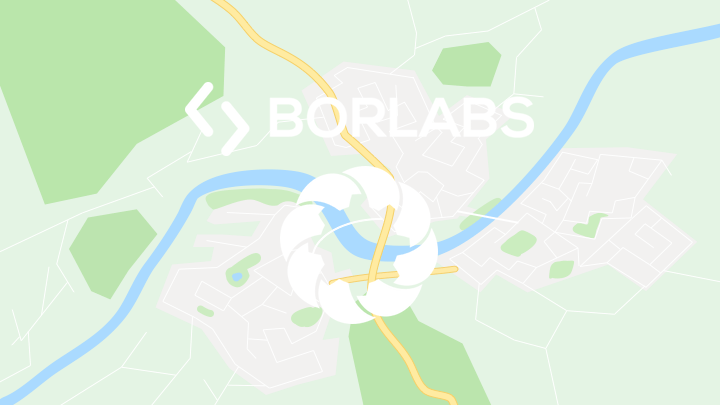A departure to vibrant times with a color explosion
SCHWABING AND ART NOUVEAU
| Enjoy the gems of Munich's Art Nouveau architecture! Together, we'll train our eyes with a curious gaze at all the charming details of this short, but all the more fascinating, architectural era. | |
 |
Travel with me through the time around 1900 between Elisabethplatz, Leopoldpark, Ainmillerstraße and English Garden |
| Get to know the people and their ideas behind these fantastic artistic creations. Because back then, it was about so much more than just architecture! |
Impressions
Description:
Come with us on a journey to the outgoing 19th century! Between the fantastic Art Nouveau facades the Schwabing side streets It's a great way to immerse yourself in a time when the longing for something new was taking root! But what drove the street artists of that time to develop such colorful alternatives to the monumental architecture of the city center that had been tried and tested for decades? How did the new style get its name? And how can you actually recognize a typical Art Nouveau buildingDespite all the questions, the main thing to remember about this walk is to marvel and enjoy! Such exuberance wasn't always fashionable, so today we can especially enjoy the treasures that have been preserved! Read more
A new wind blew across Europe in the 1890s – in Paris, Vienna, Berlin, indeed, it could be felt throughout Europe, and even here in Munich. Especially in Schwabing, where artists could finally afford studio apartments in the new development surrounding the Academy of Fine Arts, it carried the most bizarre decorations onto the facades: peacocks, swans, monkeys, pharaohs' heads – and all in bright colors! As a long-established architect, one could only laugh at such audacity. But who is surprised by this new-fangled closeness to nature? Towards the end of the 19th century, factory chimneys, railway production, large breweries, and tenement blocks increasingly dominated the appearance of the city.
On this tour, I don't want to deprive you of the people behind these dazzling ideas, whether architects or clients. So let your mind be transported to the bohemian Schwabing, into smoky cabarets where wicked songs are sung against the hypocritical morals of the time. Or behind one of the huge studio windows, where not only men but also women gather around their easels—a sensation at the time! We'll also take a look at the creative Schwabing publishing scene, whose richly illustrated magazines are still legendary today.
Unfortunately, many Art Nouveau facades were lost due to wartime destruction, and even later, the delicate stucco elements were not protected from destruction—when they fell victim to the postwar zeitgeist as hopelessly outdated. We'll encounter several examples of this on our walk. Fortunately, people are once again proud of the achievements of this short-lived era, so many facades now shine in new splendor. Join me in enjoying this sight!
The most important things in brief:
Meeting point:
at Elisabethplatz in Schwabing
public transport:
Tram 18/27/28
Duration:
Can be booked as a 2- or 3-hour tour
Distance:
approx. 2-3 km
My tips for before and after our tour:
Here you're in the heart of Schwabing – Leopoldstraße, Türkenstraße, Hohenzollernstraße! Want to grab a bite to eat or browse the lovely antique shops for some random finds? Those who want to relive the spirit of the tour can check out the many beautiful photographs from the "good old days" at the Alter Simpl inn.
If you've been inspired by the Art Nouveau artists' connection to nature, then a long stroll through the English Garden is a must. And if you haven't had enough of the theme yet, then head across the Isar to Bogenhausen! Around the same time, the planning there was somewhat more generous, as you can clearly see from the fantastic villas.
Frequently asked questions:
Can a meeting point other than Elisabethplatz be agreed upon?
Which architects’ houses are included in the neighborhood tour?
Can the tour be combined with other tours on this topic?
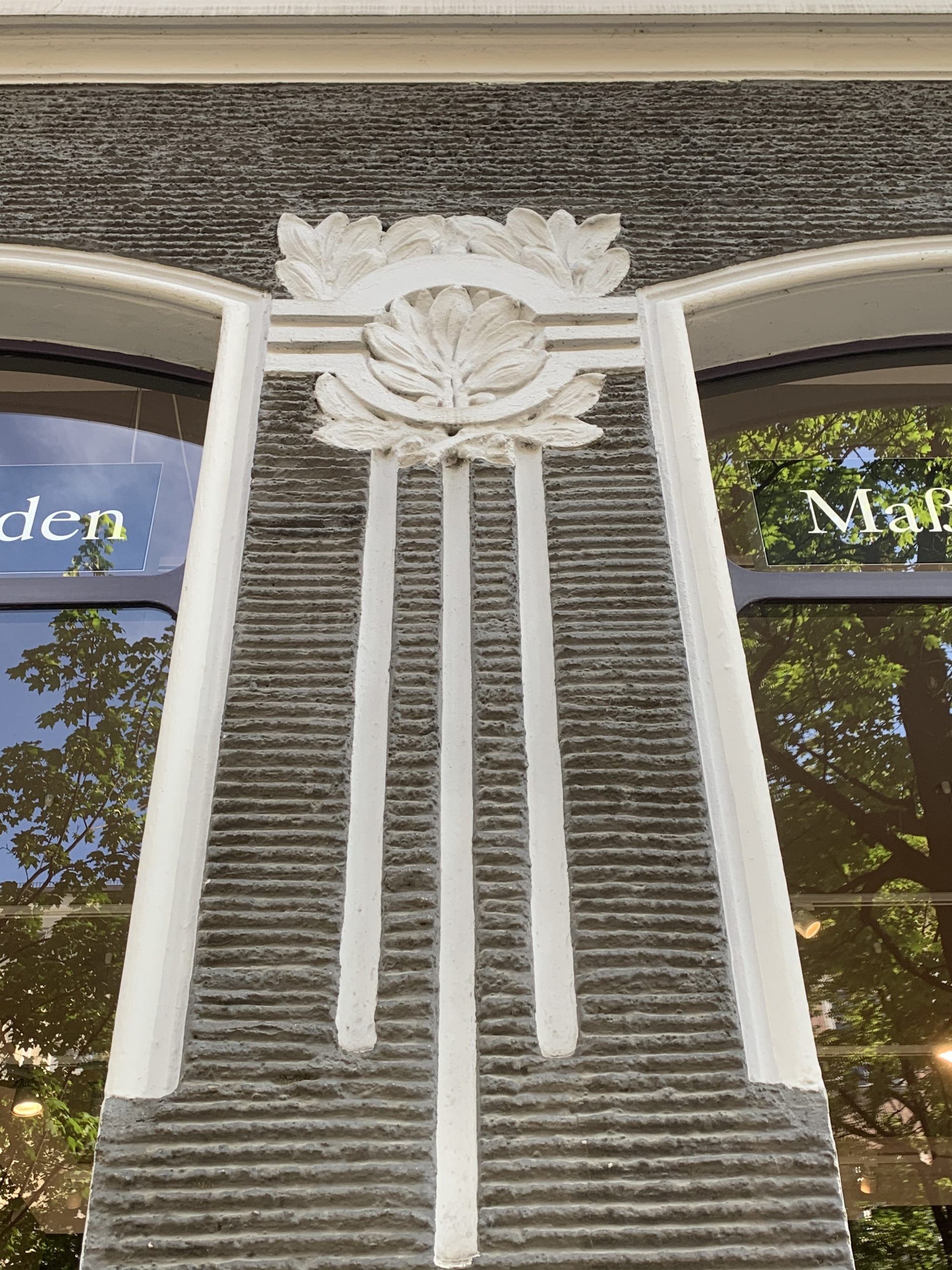

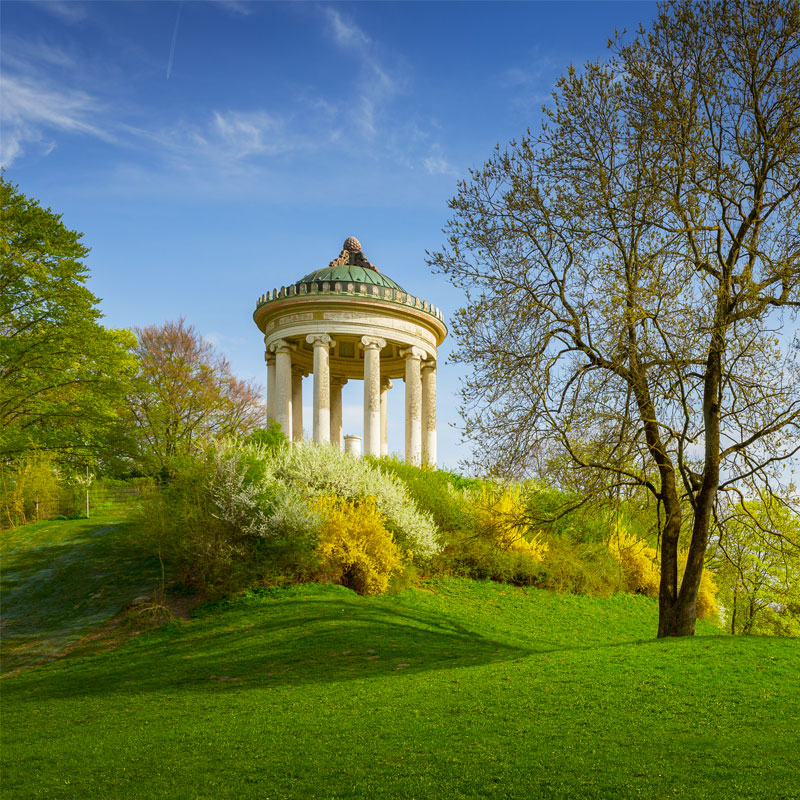

Still questions?
Write to me or just call me:
Grit Ranft
and the Dachau Concentration Camp Memorial
